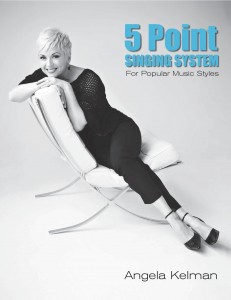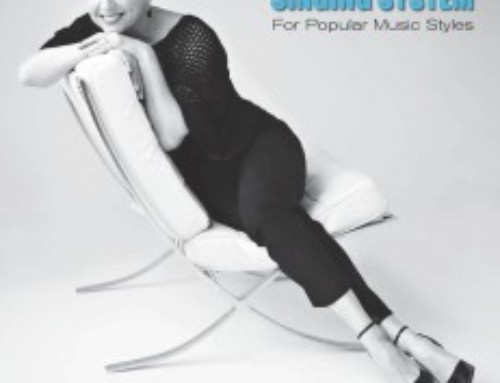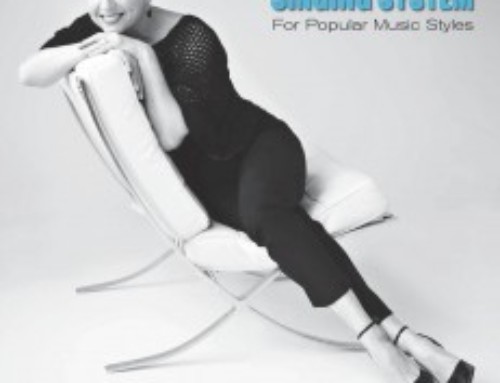 Quote Of The Day
Quote Of The Day
“A road map always tells you everything…except how to refold it”
Whether you are on vacation or navigating your way through a song, a map will help get you where you need to go with ease and accuracy. (Pay attention all you males with the “I don’t need a map” gene. LOL) Mapping out your lyrics is an essential tool in learning your song quickly and effectively for performance. By “mapping out” the lyrics, I mean creating a “road map” of where you need to breathe, engage your diaphragm, add trills, colour words, open vowels, clip words and notate the melody’s direction. When learning a cover song, listening to the original reference while mapping out the song is a huge help. Doing so allows you to hear where the singer is breathing, supporting with their diaphragm, trilling, and so on. If it is an original song that you know like the back of your hand, analyzing and mapping it out is also a great way to make it the best it can be and establish the best way to perform it both technically and emotionally.
Breath Marks
Where you breathe and your breath size per phrase are very important in the performance of a song. This is called the breathing rhythm of the song. When I am preparing a song for performance, I identify its unique breathing rhythm by putting check marks on the lyric sheet where I need to take a breath. If I know I need a larger breath, I will darken the check mark. You may choose to use other symbols as your breath marks, but it is important to define where breaths are needed and to identify breaths needing to be more substantial. This is the first and most important step in mapping out your lyrics. If the breathing rhythm of the song is not correct, nothing else will work well and the delivery of the song will feel like a ride down a bumpy road. Ultimately, breathing correctly is important for good pitch and power and to create a natural fluidity to the delivery of the song.
Diaphragm Support
Identifying where you need to engage your diaphragm and how much of it you need is the second most important step in mapping out your lyrics. Typically, you need to start adding diaphragm support when you are singing notes in your mid range and above. For instance, when you have to sing a note in your upper mid-range or what I call, Diva/Rockstar zones, you will be using major diaphragm support. I like to call this type of diaphragm support “calling voice.” To better understand this, pretend to “call” to someone across the street, all the while paying attention to what your breathing/diaphragm support is doing. You will most likely be taking in a very large singer’s breath and then pulling your diaphragm quickly towards your backbone, projecting the sound out with power. On my lyric sheet, I put a crescendo symbol (<) underneath the words or syllables where I need to engage my diaphragm. The more support I need, the darker I make the symbol. The actual physical diaphragm “pull” towards your backbone will feel like a small pulse all the way to a larger pull depending on what range you are in and how much support you will need on that particular word or syllable.
Train Your Brain
Once you have your lyric sheet mapped out with breath marks and diaphragm support symbols, use it while you are practising your song. After a few passes, your brain will start to absorb all the things you need to do in order to perform the song in a technically correct way. Then you will be able to remove the lyric sheet and just sing the song. My motto is “think about it for a while and then just forget about it and sing the darn song.” You will get to a point where you will recognize where you missed a breath or a diaphragm pull or where you needed to open up a tight vowel sound by modifying it while dropping your jaw. Also, try to anticipate what is coming next in your vocal map so you are ready for it when you get there and not when you are passing over it.
Until next time…Breathe and Happy Singing!
Angela
— Delivered by Feed43 service


